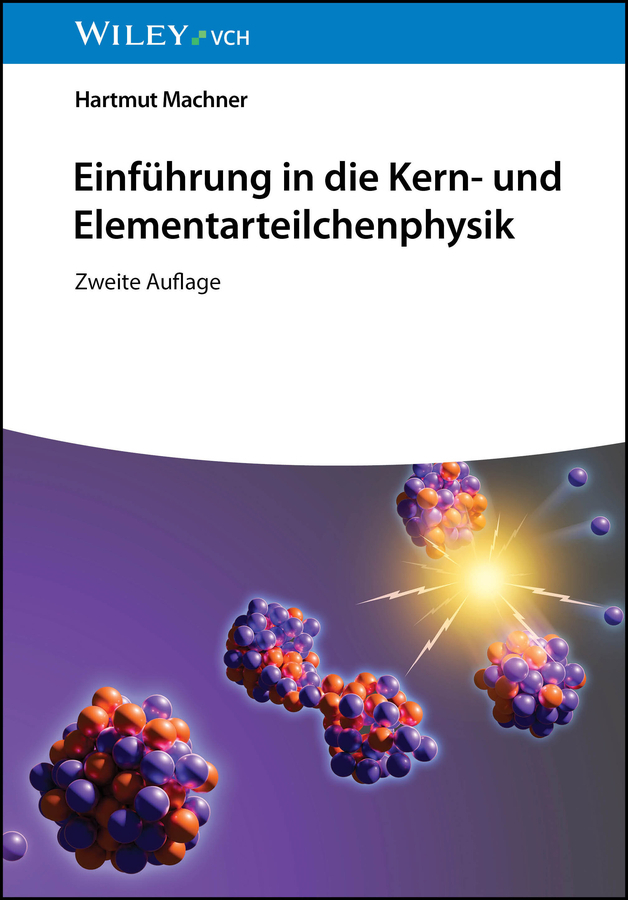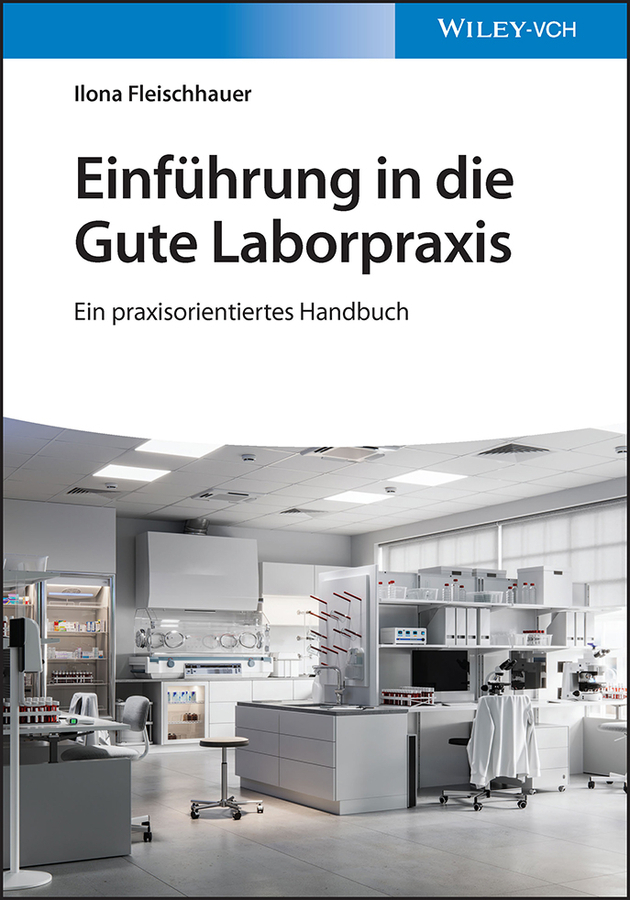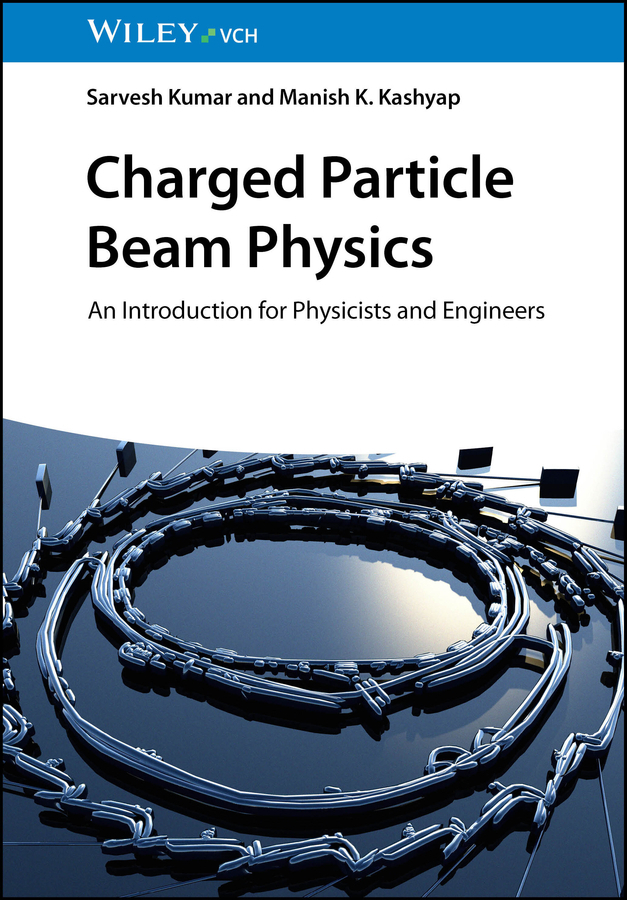
Antimatter
When you ask people what the most expensive substance on Earth is, you get all kinds of answers: they name diamonds, gold, plutonium, saffron – even printer ink may be a candidate. But the real answer? It’s not in your jewelry box or your kitchen spice rack. It’s not even on the periodic table in any stable form.
It’s antimatter—and it’s worth a jaw-dropping $62.5 trillion. Per Gram.
If we were to start the crime investigation “Finding the Most Expensive Substance on Earth”, we’d put it this way:
Case File: Antimatter
Codename: The $62.5 Trillion Gram
Status: Extremely volatile. Highly elusive. Technically real.
This is the story of the most expensive substance ever known. A story of discovery, danger, and a price tag that makes Fort Knox look like a piggy bank.
How Was Paul Dirac Involved?
The Discovery: A Particle with a Dark Twin
The trail begins in 1930. A theoretical physicist named Paul Dirac was working on equations to describe the electron. But something strange happened—his math predicted a second particle. Same mass, opposite charge. A mirror image. A ghost.
That ghost was the positron, the antimatter version of the electron. And it wasn’t alone. Soon, physicists found the antiproton and antineutron. Every particle of matter had a shadow twin.
But here’s the twist: when matter and antimatter meet, they don’t shake hands. They annihilate—vanishing in a flash of pure energy. No trace. No remains. Just light.
How Powerful is this Annihilation?
The Power: More Than a Bomb
Let’s just say: if TNT is a firecracker, antimatter is a supernova in your pocket.
- One gram of antimatter reacting with one gram of matter releases energy equivalent to 43 kilotons of TNT.
- That’s 10,000 times more powerful than a nuclear bomb.
- It’s the kind of energy that could power cities – or vaporize them.
No wonder antimatter has been a sci-fi favorite for decades. But this isn’t fiction. It’s physics.
Can You Create Antimatter?
The Heist and Its Costs
You can’t dig antimatter out of the ground. You have to make it – and that’s where the cost comes in.
The first successful synthesis of antihydrogen (a positron + an antiproton) happened in 1995 at CERN. Scientists smashed particles together at near-light speed, hoping to catch the fleeting moment when antimatter formed – before it touched anything and vanished.
It worked. Briefly. But the process is wildly inefficient. To make even a nanogram of antimatter, you need:
- A particle accelerator the size of a city,
- Enough electricity to power a small country,
- And a containment system that keeps the antimatter from touching anything. Even air.
That’s why it costs trillions per gram. Not because it’s rare—but because it’s nearly impossible to keep it alive.
Why Do We Still Chase It?
The Cold Case
So why bother? Because antimatter is the ultimate energy source. Clean. Compact. Catastrophically powerful. If we could control it, we could revolutionize space travel, medicine (think PET scans), and energy production.
But for now, it remains locked in the vault of theoretical potential. Too expensive to use. Too dangerous to ignore.
So What Have We Learned?
Case Summary
- Substance: Antimatter
- Value: ~$62.5 trillion per gram
- Discovered: 1930 (theory), 1995 (antihydrogen synthesis)
- Danger level: extreme
- Status: Under observation. Handle with extreme caution!



